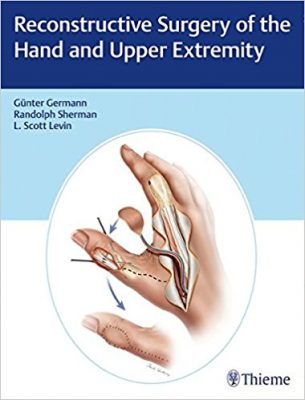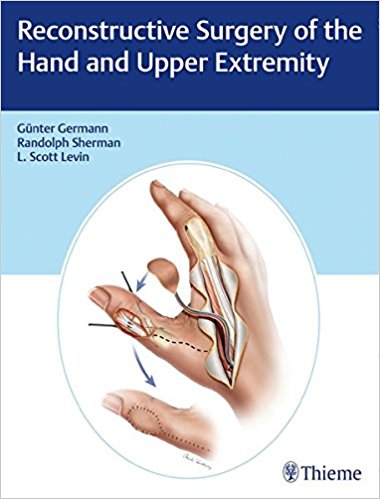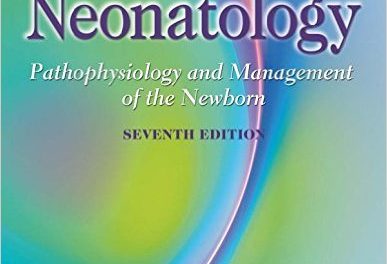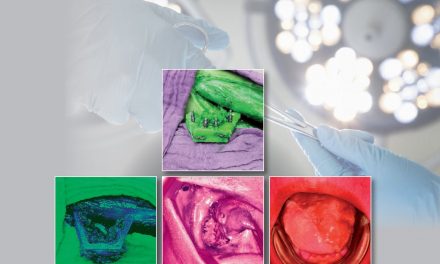 Authors: Gunter Germann, MD; Randolph Sherman, MD; L. Scott Levin, MD
Authors: Gunter Germann, MD; Randolph Sherman, MD; L. Scott Levin, MD
Illustrator: Amanda Tomasikiewicz
Publisher: Thieme – 304 pages
Book Review by: Nano Khilnani
Two of the most valuable assets that each of us human beings possess are our hands and our brain. With these two assets we have been able to develop some of the most extraordinary and valuable creations that we probably could never have dreamt about, without them. Visualize now some of those creations in the fields of aeronautics, art, chemistry, electricity, engineering, mathematics, mechanics, medicine, and physics.
Our brain enables us to think of ideas, then imagine and visualize them as tangible devices with capabilities. Then, it has been our hands that have enabled us, over the millennia, to tinker and build those devices that have improved our lives in hundreds of ways. Imagine if we had a brain but no hands – would all the devices and machines we now have, be in existence today?
“The hand is one of the most extraordinary tools in nature. A combination of strength, dynamic stability, and precision movements provide the hand the ability to carry out the work of the upper extremity,” write the three authors of this work in the Introduction.
Sometimes though, some of us are unfortunately, injured, lose some part of our hands, or control over some of our hand functions. This is when senior hand reconstructive surgeons, like Drs. Germann, Sherman, and Levin, come in and get to work on what they are really good at. They have not only contributed to humanity by helping their patients improve their lives, they are contributing now by sharing their knowledge, experience, and insight in this book.
They write in the Introduction: “Despite advances in prosthetics, targeted muscle reinnervation and vascularized allotransplantation, preserving and reconstructing the human hand remains the goal of the reconstructive surgeon.”
The authors of this book named above – who have close to 100 years of combined experience in reconstructive surgery – have written the 69 chapters in this book, about the general principles, techniques, and treatment algorithms pertaining to reconstructive surgery of the hand and upper extremity. They provide you clinical examples, an atlas of the flaps used in surgical procedures, the relevant pearls and pitfalls, rehabilitation protocols, and a classification of the zones where these injuries occur. The chapters are organized around seven Parts we list below:
- Part I. General Principles
- Part II. Techniques of Structure Repair
- Part III. Treatment Algorithms
- Part IV. Clinical Examples
- Part V. Atlas of Flaps – Pearls and Pitfalls
- Part VI. Rehabilitation Protocols
- Classification and Zones of Injury
Access the e-book version of this text. Scratch off the grey film on the first page of this book, retrieve the access code and register your copy at: www.ebookstore.Thieme.com/register.
Once there, create your own account: click on My E-books link, select the Redeem Access Code, enter the access code retrieved from the first page to claim your e-book. You can now read your book online.
Learn online the techniques shown and discussed in this book with online videos.: Go to this important website www.MediaCenter.Thieme.com. Retrieve the access code on the second page of this book and register your copy on this website. Then view the videos.
Considering and ‘weighing in’ all the available options in reconstructive surgery of the hand makes the decision-making process about what to do and what not to do, quite difficult. This is also the case with many other types of surgery.
What is uniquely refreshing and different about this book? The use of algorithms in making decisions! Algorithms help us make those decisions faster, and easier, and probably give us fewer regrets. So one of the most useful portions of this book is Part III – Treatment Algorithms
Algorithms are used in every chapter of this unusually useful book in the form of flow charts. They are generously interspersed with full-color photos and drawings (with captions), as well as other presentation aids such as tables.
Have you taken note that algorithms are being used more and more in today’s world in a variety of situations? They help us arrive at the right decisions, which is many instances, spell the different between success and failure in many endeavors.
Established as well as aspiring reconstructive surgeons of the hand and upper extremity will find this highly illustrated book, practical to use, with lots of visuals of easy-to-understand procedures. And of course, the widespread use of algorithms will enable you to make decisions systematically and in advance, about which procedures to use, and what steps to take throughout the entire process. Great book!
Editors:
Gunter Germann, MD, PhD is Professor of Plastic and Hand Surgery at the University of Heidelberg, and Medical Director of Ethianum Clinic in Heidelberg, Germany.
Randolph Sherman, MD is Vice-Chair of the Department of Surgery at Cedars-Sinai Medical Center; and Professor of Clinical Surgery at Keck School of Medicine at the University of California Los Angeles in Las Angeles, California.
Scott Levin, MD, FACS is Paul B. Magnuson Professor of Bone and Joint Surgery and Chairman of the Department of Orthopedic Surgery at the University of Pennsylvania School of Medicine in Philadelphia, Pennsylvania.







